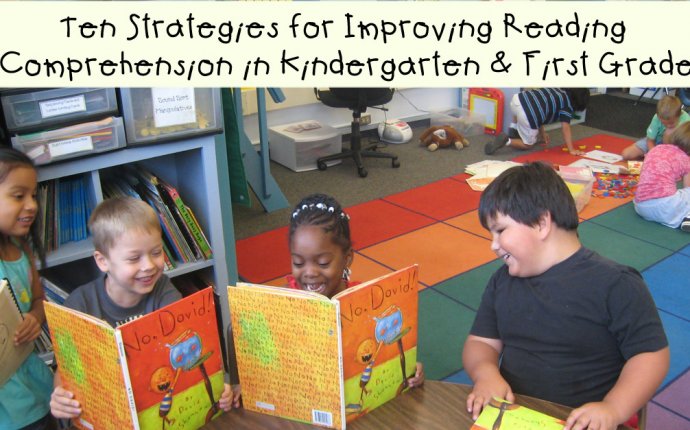
Teaching strategies for comprehension
Students who are good at monitoring their comprehension know when they understand what they read and when they do not. They have strategies to "fix" problems in their understanding as the problems arise. Research shows that instruction, even in the early grades, can help students become better at monitoring their comprehension.
Comprehension monitoring instruction teaches students to:
- Be aware of what they do understand
- Identify what they do not understand
- Use appropriate strategies to resolve problems in comprehension
2. Metacognition
Metacognition can be defined as "thinking about thinking." Good readers use metacognitive strategies to think about and have control over their reading. Before reading, they might clarify their purpose for reading and preview the text. During reading, they might monitor their understanding, adjusting their reading speed to fit the difficulty of the text and "fixing" any comprehension problems they have. After reading, they check their understanding of what they read.
Students may use several comprehension monitoring strategies:
- Identify where the difficulty occurs
"I don't understand the second paragraph on page 76."
- Identify what the difficulty is
"I don't get what the author means when she says, 'Arriving in America was a milestone in my grandmother's life.'"
- Restate the difficult sentence or passage in their own words
"Oh, so the author means that coming to America was a very important event in her grandmother's life."
- Look back through the text
"The author talked about Mr. McBride in Chapter 2, but I don't remember much about him. Maybe if I reread that chapter, I can figure out why he's acting this way now."
- Look forward in the text for information that might help them to resolve the difficulty
"The text says, 'The groundwater may form a stream or pond or create a wetland. People can also bring groundwater to the surface.' Hmm, I don't understand how people can do that… Oh, the next section is called 'Wells.' I'll read this section to see if it tells how they do it."
3. Graphic and semantic organizers
Graphic organizers illustrate concepts and relationships between concepts in a text or using diagrams. Graphic organizers are known by different names, such as maps, webs, graphs, charts, frames, or clusters.
Regardless of the label, graphic organizers can help readers focus on concepts and how they are related to other concepts. Graphic organizers help students read and understand textbooks and picture books.
Graphic organizers can:
- Help students focus on text structure "differences between fiction and nonfiction" as they read
- Provide students with tools they can use to examine and show relationships in a text
- Help students write well-organized summaries of a text
Here are some examples of graphic organizers:
- Venn-Diagrams (29K PDF)*
Used to compare or contrast information from two sources. For example, comparing two Dr. Seuss books.
- Storyboard/Chain of Events (29K PDF)*
Used to order or sequence events within a text. For example, listing the steps for brushing your teeth.
- Story Map (19K PDF)*
Used to chart the story structure. These can be organized into fiction and nonfiction text structures. For example, defining characters, setting, events, problem, resolution in a fiction story; however in a nonfiction story, main idea and details would be identified.
- Cause/Effect (13K PDF)*
Used to illustrate the cause and effects told within a text. For example, staying in the sun too long may lead to a painful sunburn.
4. Answering questions
Questions can be effective because they:
- Give students a purpose for reading
- Focus students' attention on what they are to learn
- Help students to think actively as they read
- Encourage students to monitor their comprehension
- Help students to review content and relate what they have learned to what they already know








